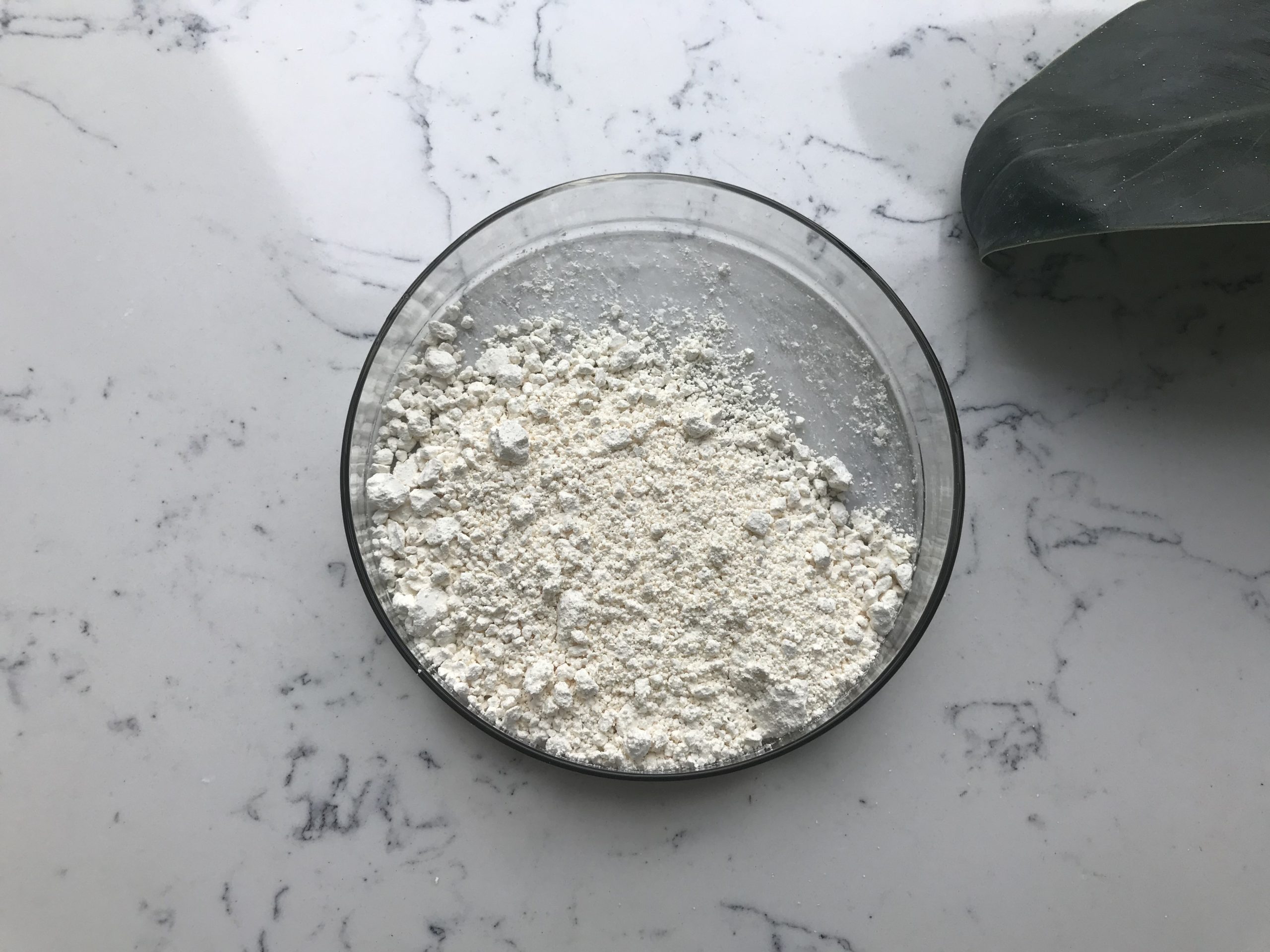Natamycin is an antifungal agent that is commonly used in the food industry to prevent the growth of molds and yeasts on various food products. It has both advantages and disadvantages, which are important to consider:
Pros of Natamycin:
- Effectiveness: Natamycin is highly effective at inhibiting the growth of molds and yeasts, making it a valuable tool for extending the shelf life of food products.
- Natural Origin: Natamycin is derived from the fermentation of the bacteria Streptomyces natalensis, and it is considered a natural preservative. It is generally recognized as safe (GRAS) by the U.S. Food and Drug Administration (FDA).
- Minimal Impact on Flavor and Texture: When used at recommended concentrations, natamycin typically has no significant impact on the taste, aroma, or texture of food products, which is important for preserving the sensory qualities of the food.

- Wide Application Range: Natamycin is used in a variety of food products, including cheese, baked goods, meats, and more. It is versatile and can be applied to both surface treatments and as an ingredient in certain formulations.
- Reduces Food Waste: By preventing the growth of molds and yeasts, natamycin helps reduce food spoilage and waste, ultimately benefiting both consumers and the food industry.
Cons of Natamycin:
- Limited Spectrum: Natamycin is primarily effective against molds and yeasts and may not be effective against other types of microorganisms, such as bacteria or viruses. This limitation means that it may not be suitable for all preservation purposes.
- Regulatory Concerns: While natamycin is generally recognized as safe when used in accordance with regulations, some consumers and advocacy groups have raised concerns about its use in food products. It’s essential for manufacturers to comply with regulatory guidelines and labeling requirements.
- Allergen Risk: In rare cases, individuals may develop allergic reactions to natamycin. Manufacturers must take precautions to label products accurately and inform consumers of its presence.
- Potential Development of Resistant Strains: Over time, the repeated use of natamycin in food production could lead to the development of resistant strains of molds and yeasts, making it less effective as a preservative in the long term.
- Cost: Natamycin can be relatively expensive compared to some synthetic preservatives, which may affect the overall cost of food production.
In conclusion, natamycin is a valuable tool in the food industry for preventing mold and yeast growth, extending the shelf life of food products, and reducing food waste. However, it is essential to use it judiciously, in compliance with regulatory guidelines, and with an awareness of its limitations and potential drawbacks.
